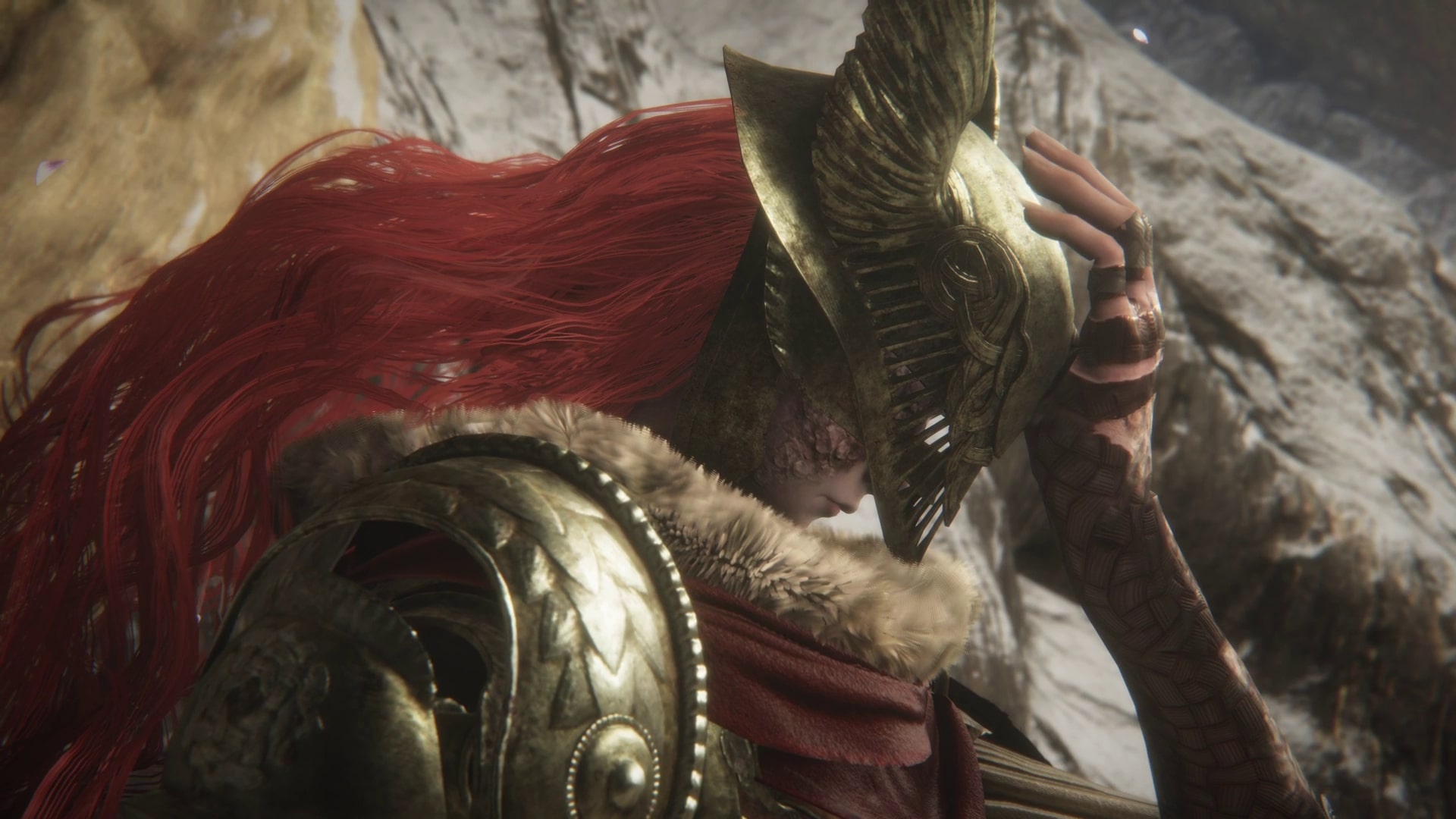Does Elden Ring count as a JRPG? The president of Ys and Trails series studio Nihon Falcom, Toshihiro Kondo, thinks “maybe not quite,” but in general believes it’s a “difficult” genre to actually describe.
While JRPG stands for ‘Japanese role-playing game,’ its usage when categorizing games has never felt quite so simple. Not every developer is actually a fan of the term in the first place – last year, Final Fantasy 14 director Naoki ‘Yoshi-P’ Yoshida expressed that he doesn’t like it since, going back in time, “it was like a discriminatory term” that was used “as though we were being made fun of for creating these games.” However, not everyone feels this way – Final Fantasy 7 director Yoshinori Kitase said he’s “absolutely fine” with it, and in a new interview with GameSpot, Kondo says it’s “now something I embrace.”
“Originally, JRPG was kind of used as a pejorative and, obviously, we didn’t like it,” Kondo begins. “There was this initial reaction against it. But gradually, it feels like it’s almost begun to mean the opposite. I mean, take something like Miyazaki-san’s Elden Ring. I’ve asked myself, ‘Is that a JRPG?’ Well, maybe not quite. But at the same time, one of the things you can kind of identify in JRPGs are these influences from anime and manga. Knowing how to incorporate those elements and themes into games gives them that distinct Japanese flavor, which is not only a good thing, but creates a sort of cultural bond too. Japanese people can kind of come together and rally around this specific thing and make it our own.”
Elden Ring is an interesting example – while most players would probably categorize it as an action RPG or Soulslike (a bit oxymoronic given that it is essentially a Souls game, not a game like a Souls game), if we’re basing it off Kondo’s suggestion that one of the identifying traits of a JRPG is an influence from anime and manga, it would fit the bill. Like the Dark Souls games before it, parts of Elden Ring strongly appear to be influenced by the Japanese manga series Berserk, from the appearance of weapons such as the Greatsword (which looks like Berserk protagonist Guts’ sword), to things like the Crystal Tears. Does that mean it counts, then?

Not necessarily. Kondo goes on to say that defining what a JRPG is is “difficult,” and comes more down to its “essence” rather than anything that can be described. “Obviously the easy answer is, ‘Well, if it’s made in Japan…’ But when you look at what is made in Japan, it’s trickier,” he explains.
“There’s action RPGs – can those be JRPGs? Are only turn-based games JRPGs? Well, no, not necessarily. There’s kind of an ineffable thing that makes games in Japan, specifically JRPGs, what they are,” he continues. “It can’t really be described. But it’s the core and the essence of what a JRPG is.”
Kondo reckons this is the exact reason he’s loved JRPGs since his childhood, and why those at Nihon Falcom “feel it necessary to share that love for the next generation. So that people can continue to love them and to get involved with them.”
Even if he doesn’t have a definitive answer for what a JRPG is, Kondo notes in the interview that, personally speaking, while he may have once “shied away” or “cringed” at the term JRPG, he now sees it as a positive phrase that he and the team at Nihon Falcom are “proud” to use when describing their work. He says that ultimately, JRPGs are something “that only the Japanese creators can create” using elements like the anime and manga influences he mentions, which in turn “creates something worthy of celebration.”
Persona and Shin Megami Tensei leads Katsura Hashino and Shigenori Soejima echoed Kondo’s thoughts in a recent interview with GamesRadar+, with Soejima arguing that the term JRPG “kind of embodies the entire movement of what pop culture from Japan is,” and affirming that he’s proud to work on games called JRPGs.
Elden Ring’s DLC is out now – be sure to check out our Shadow of the Erdtree tips to help you through the Realm of Shadow.




















+ There are no comments
Add yours